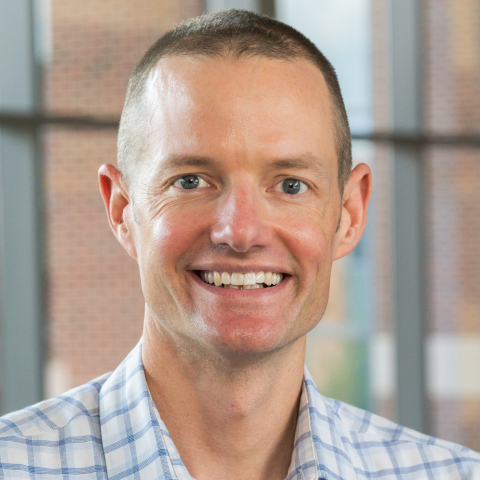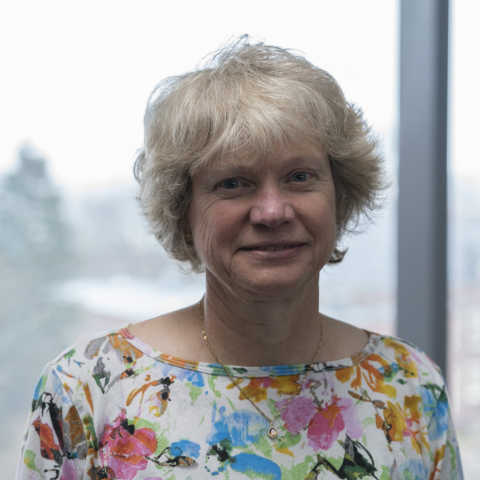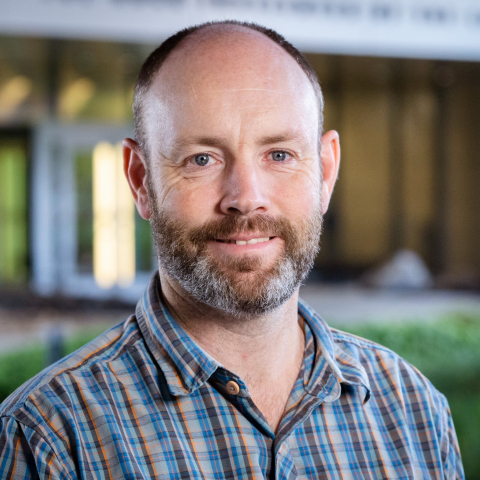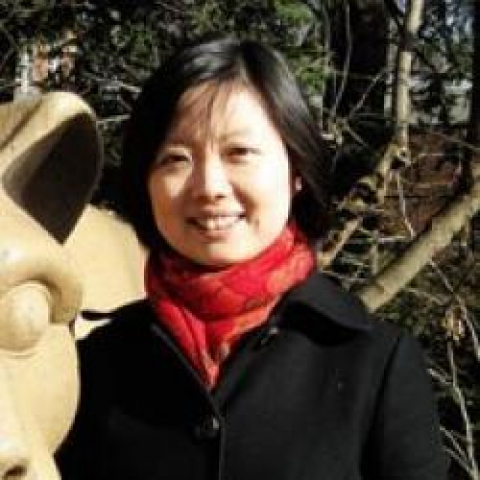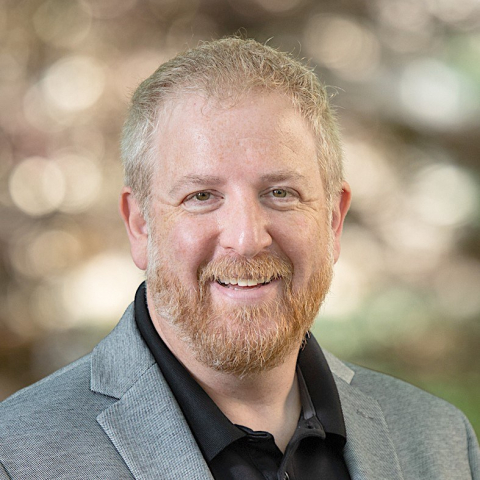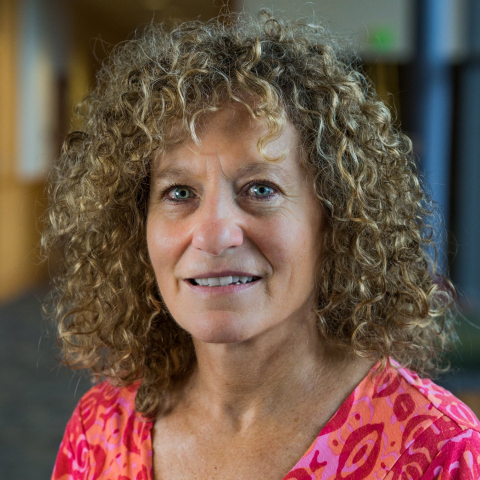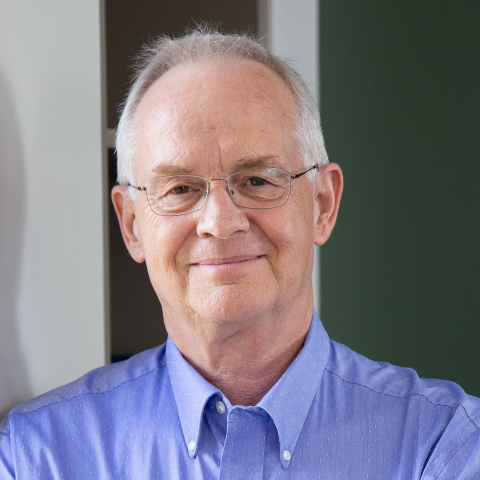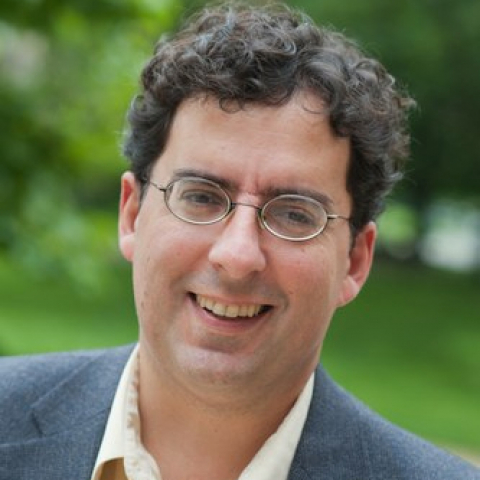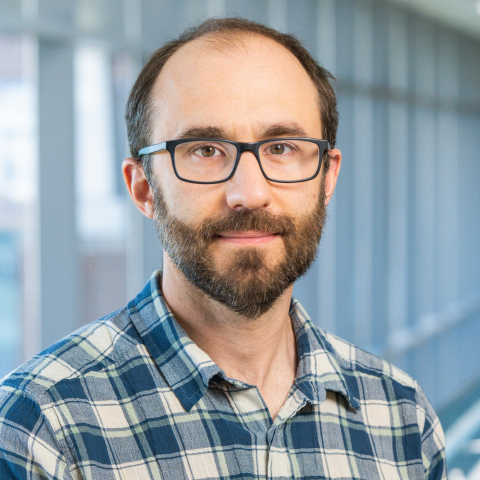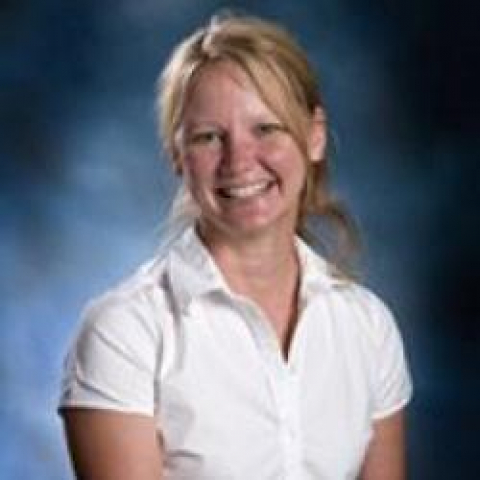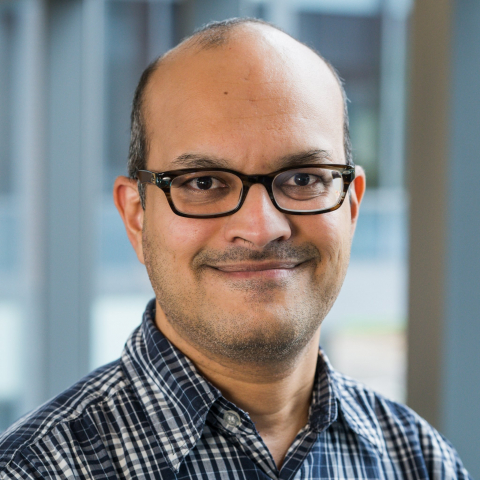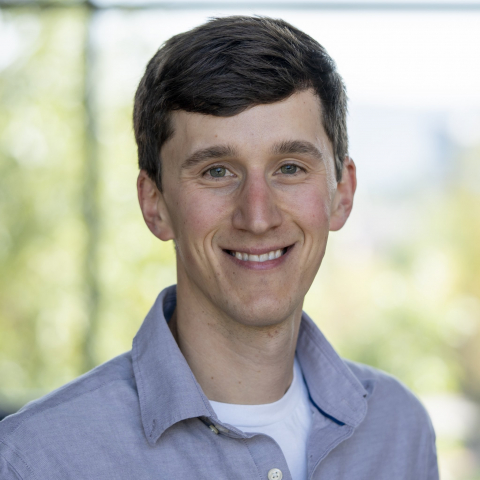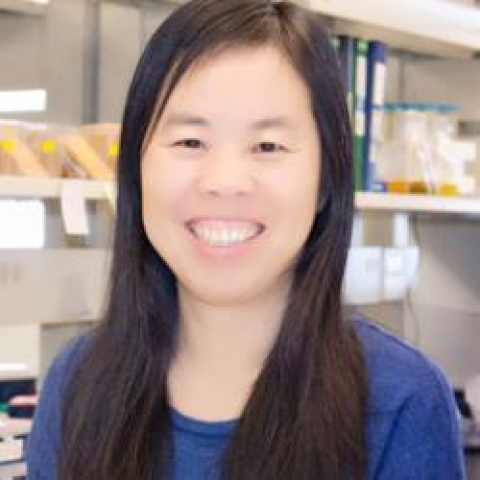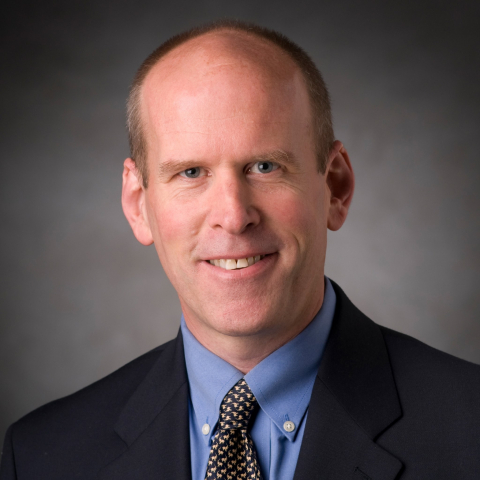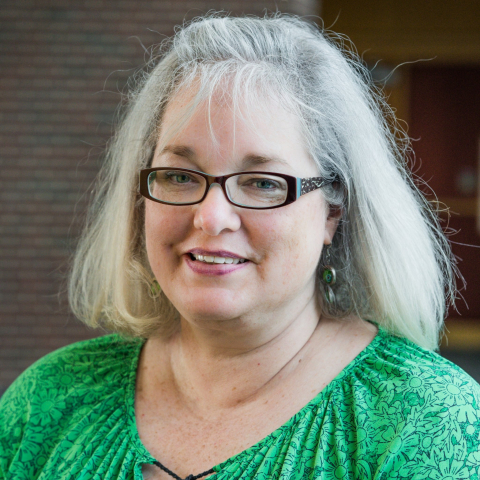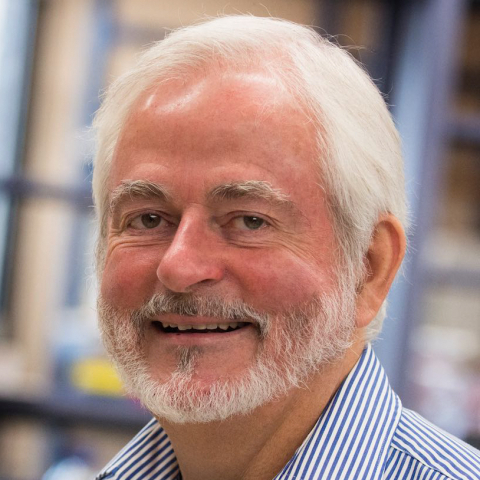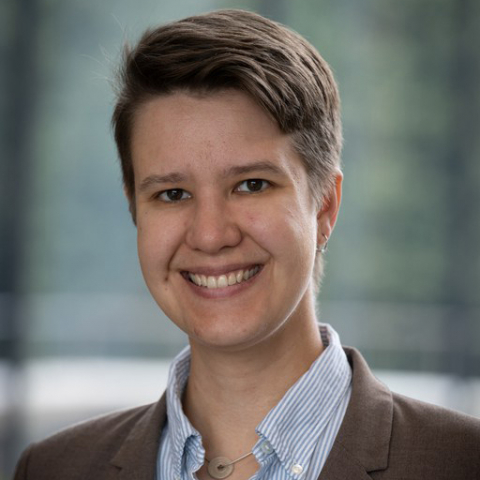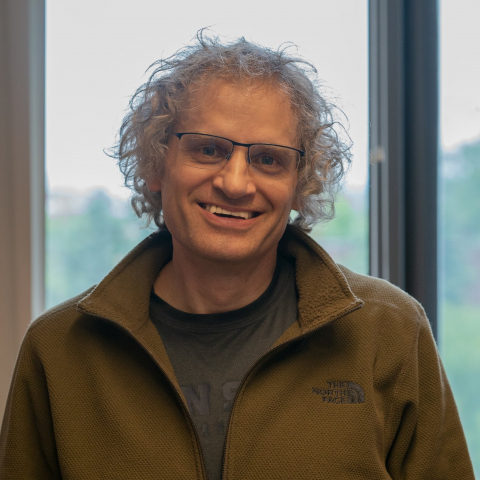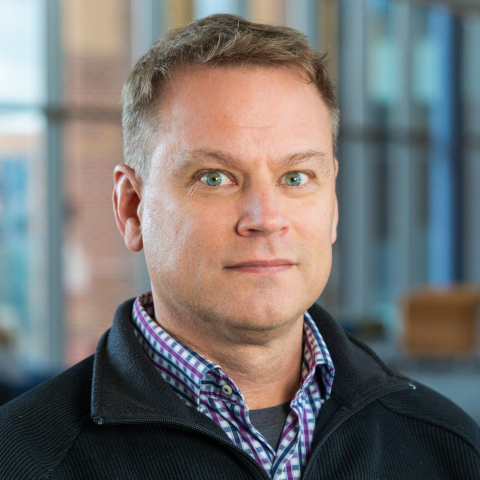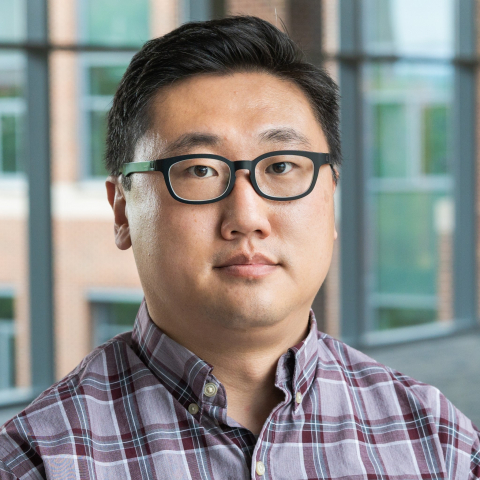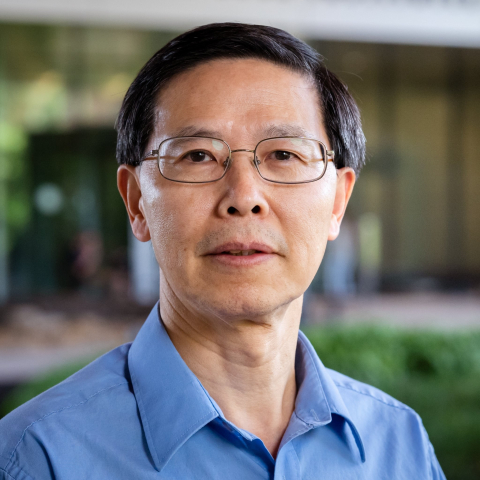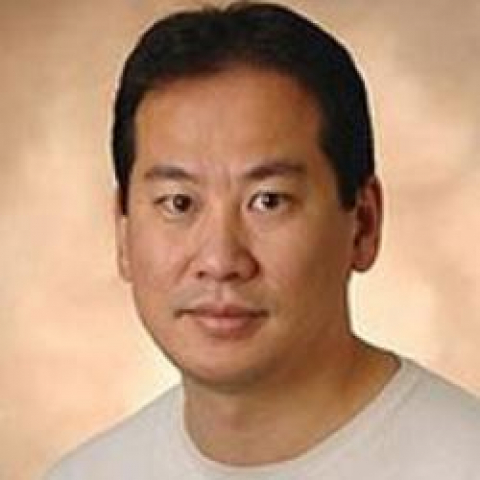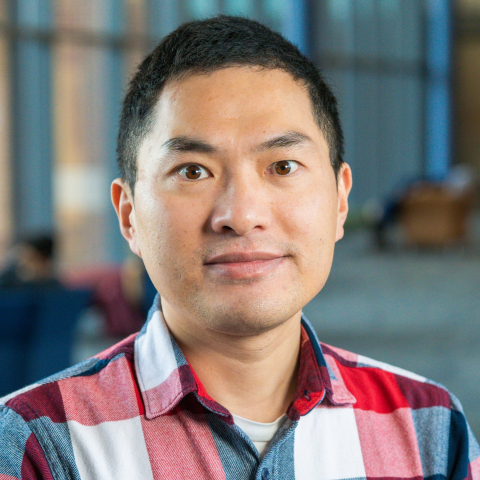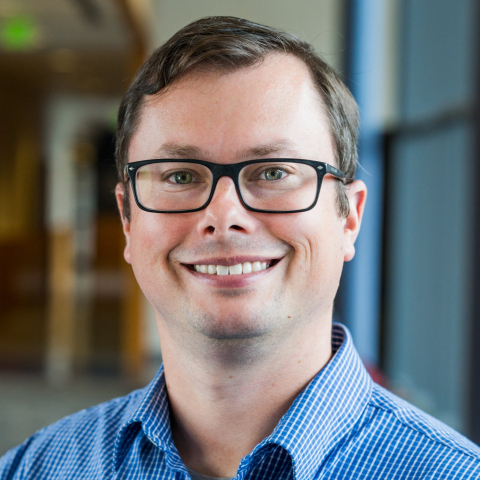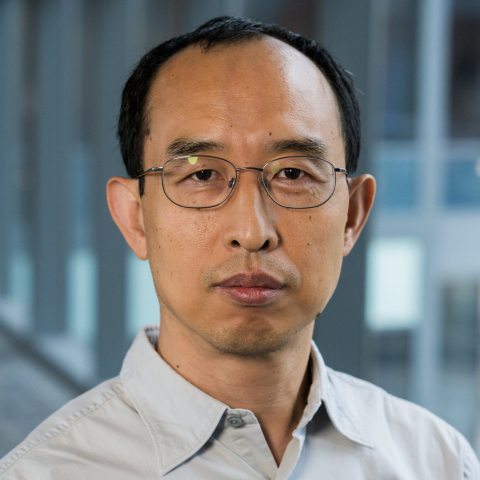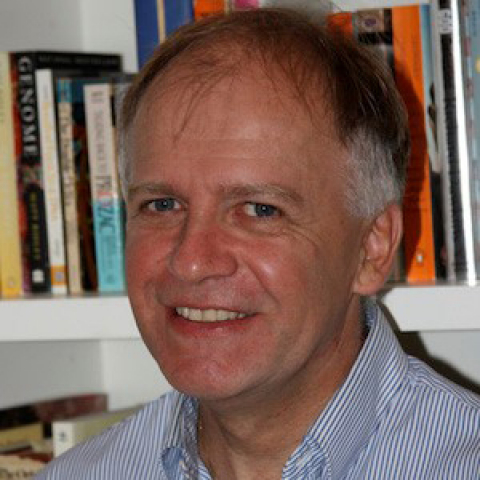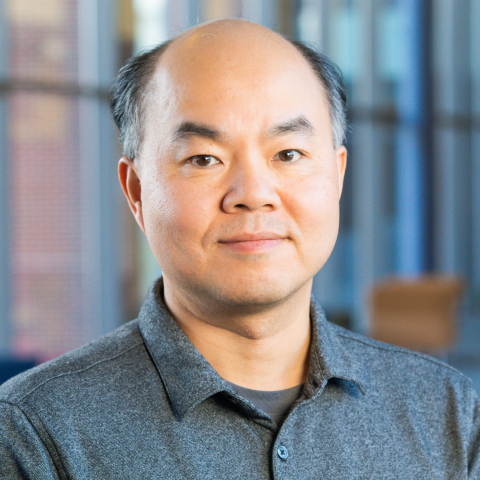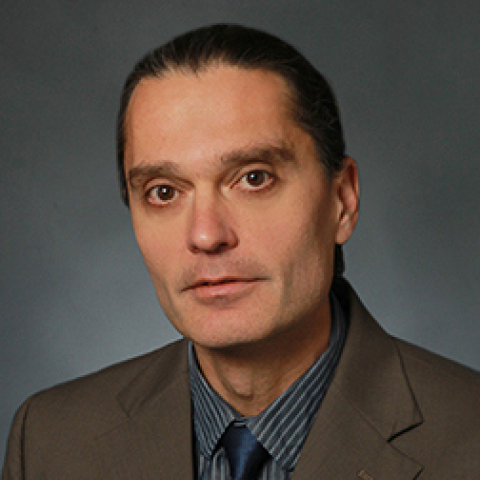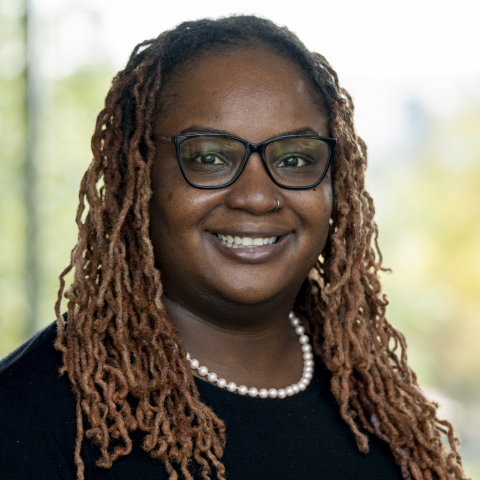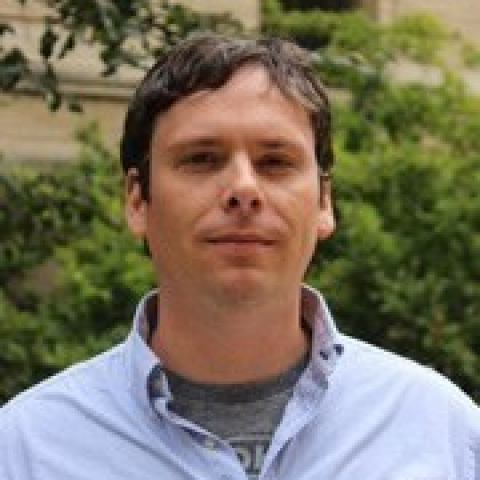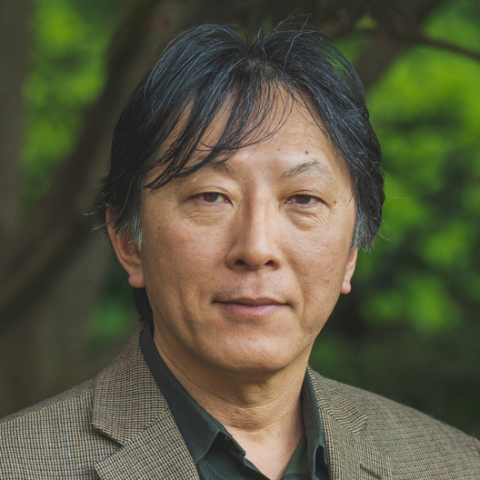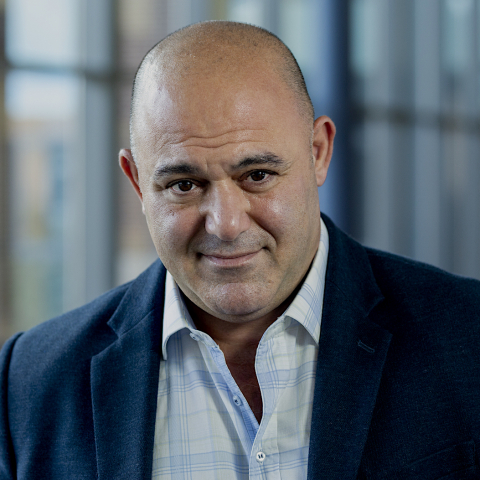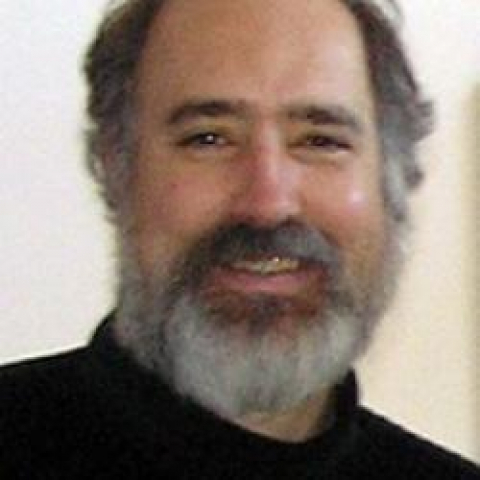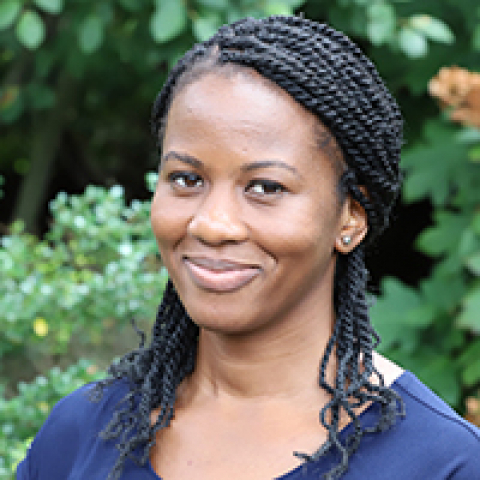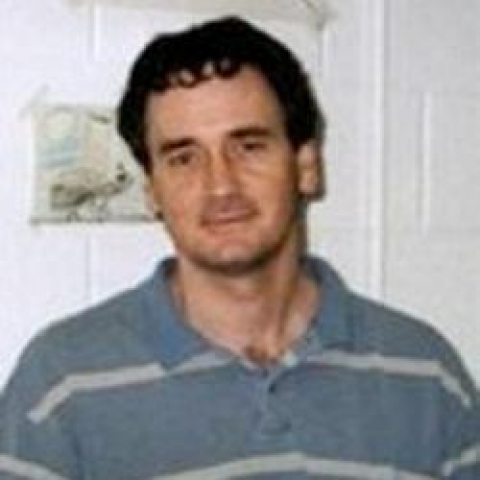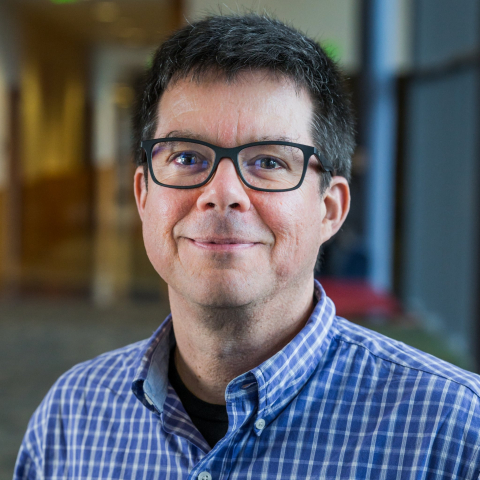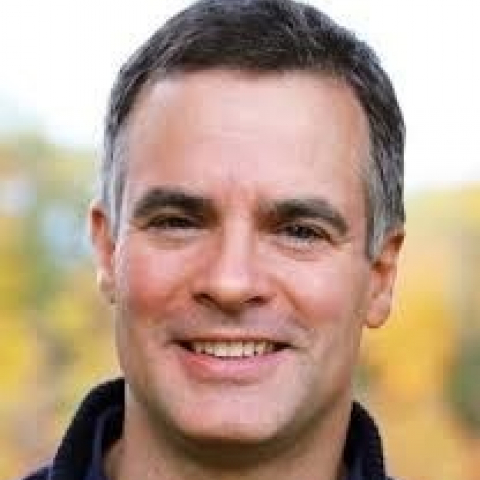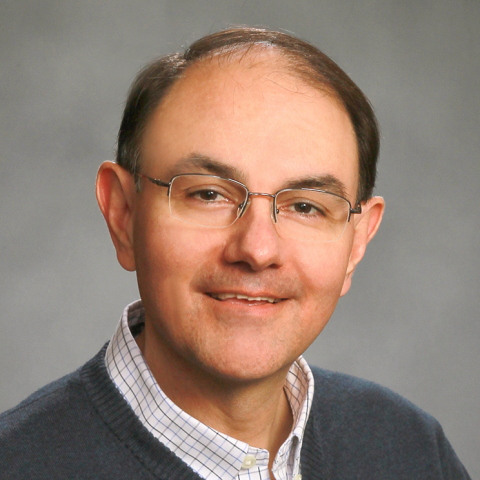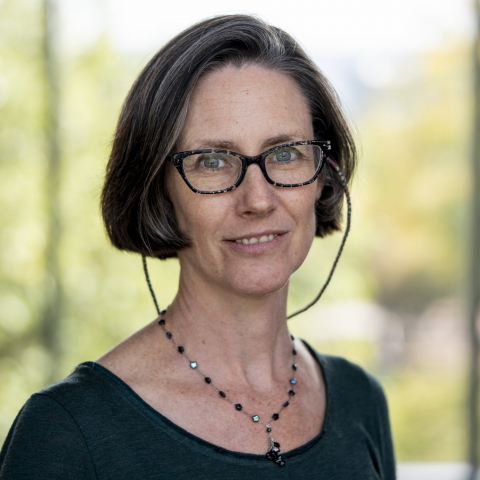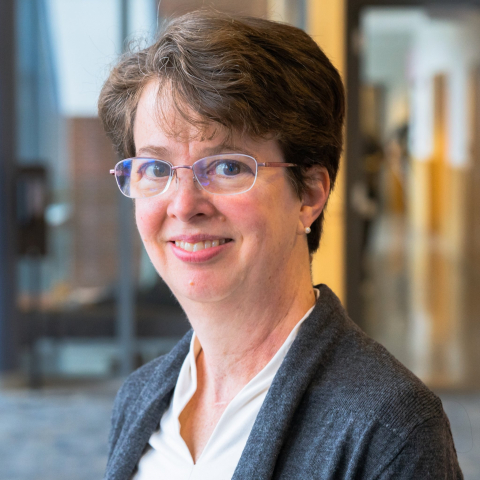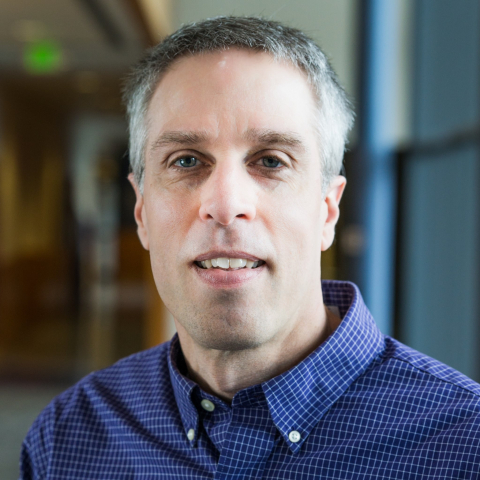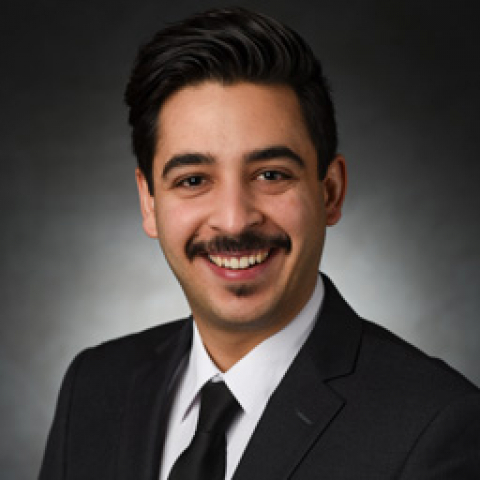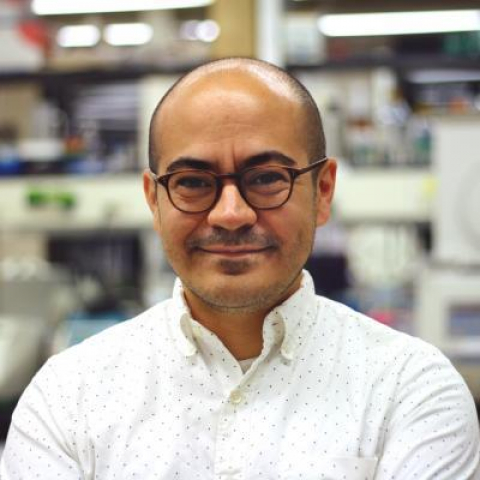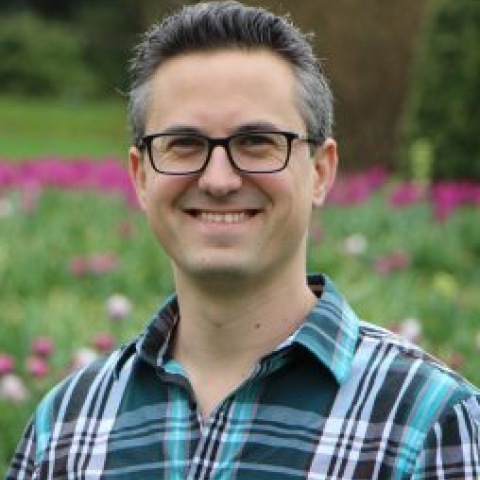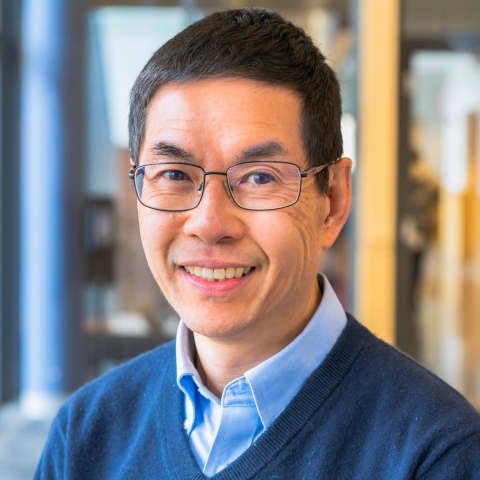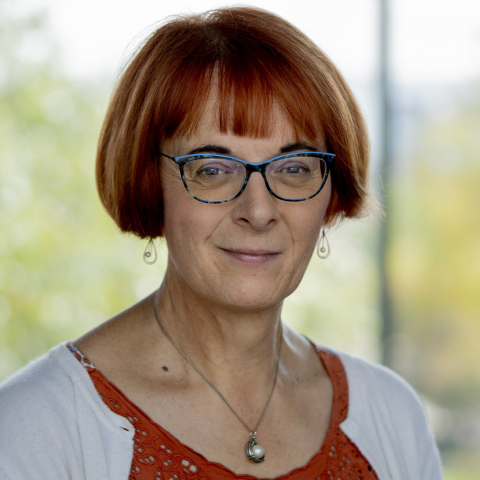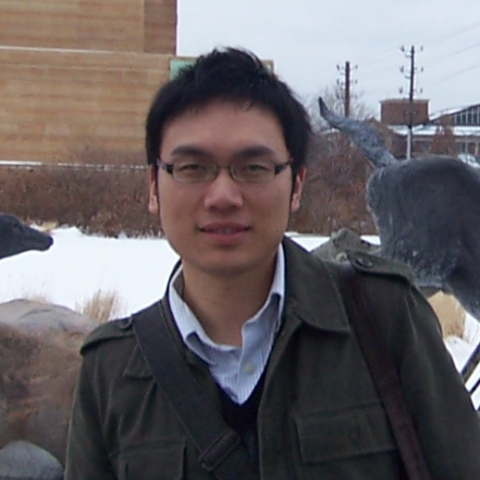People: Cellular Developmental Biology
Charles Anderson
Co-Director, Center for Biorenewables; Professor of Biology
In vivo imaging of plant cell wall dynamics. Molecular genetic analysis of genes involved in cell growth. Cell wall biosynthesis in dividing cells. Cell wall engineering for sustainable bioenergy production.
Sally Assmann
Waller Professor of Biology
Molecular biology of plant G-proteins and kinases. Phytohormone regulation of signal transduction and RNA processing. Second messenger regulation of ion channels in plant cells.
Michael Axtell
Distinguished Professor of Biology
Discovery and characterization of plant microRNAs and siRNAs. Functions of microRNAs and siRNAs in the evolution of plant development. Genomics and bioinformatics of microRNAs, siRNAs, and their targets
Lu Bai
Professor of Biochemistry and Molecular Biology; Professor of Physics
Single cell / single molecule study of chromatin and gene regulation.
Seth Bordenstein
Director of the Microbiome Center; Huck Chair in Microbiome Sciences; Professor of Biology and Entomology
The evolutionary and genetic principles that shape symbiotic interactions between animals, microbes, and viruses and the major applications of these interactions to human health.
Margherita Cantorna
Director of the Center for Molecular Immunology and Infectious Disease; Distinguished Professor of Molecular Immunology
Understanding the working of the immune system. Utilizing animal models of several human diseases including enteric infections and inflammatory bowel disease to determine the cellular targets and molecular signals by which dietary components regulate immunity.
Douglas Cavener
Huck Distinguished Chair in Evolutionary Genetics; Professor of Biology; Former Dean, Eberly College of Science
Regulation of protein synthesis and control of translation initiation of mRNAs in higher eukaryotes and the evolution of tissue specific transcriptional regulation.
Daniel Cosgrove
Eberly Chair and Professor of Biology
Mechanism of plant growth. Function and evolution of expansins. Biochemistry and rheology of plant cell walls. Growth responses to light, hormones, and water stress and other stimuli.
Francisco Diaz
Director of the Center for Reproductive Health and Biology; Associate Professor of Reproductive Biology
Ovarian physiology. Role of SMAD-mediated signaling in follicular and female germ cell (oocyte) development.
Patrick Drew
Associate Director of the Huck Institutes; Professor of Engineering Science and Mechanics, of Neurosurgery, of Biology, and of Biomedical Engineering
Optical imaging of brain dynamics during sleep and behavior; Role of blood flow and cerebrospinal fluid movement in neurodegenerative disease
Marina Feric
Assistant Professor of Biochemistry and Molecular Biology
Biomolecular engineering of cellular organization. Biophysical mechanisms underlying biomolecular condensates in health and disease.
Pamela Giblin
Professor of Immunology
The role of receptor tyrosine kinases in normal physiology and disease progression; the downstream signals that mediate these responses in vivo and in vitro.
Santhosh Girirajan
Professor of Genomics; Interim Department Head of Biochemistry and Molecular Biology; Professor of Anthropology
Understanding the genetic basis of neurodevelopmental disorders.
Esther Gomez
Associate Professor of Chemical Engineering and Biomedical Engineering
How the interplay of chemical and mechanical signals acts to control cell behavior and function and the progression of disease.
Joshua Gross
Assistant Professor of Nutrition and Biobehavioral Health
Molecular mechanisms underlying food reward and its downstream dysregulation of metabolism, particularly in response to obesogenic diets.
Ying Gu
Professor of Biochemistry and Molecular Biology
Mechanism of cellulose biosynthesis in higher plants. Genetic modification of plant cell wall to scale-up biofuel production.
William Hancock
Professor of Bioengineering
The detailed workings of motor proteins and their role in intracellular transport and cell motility.
Wendy Hanna-Rose
Professor of Biochemistry and Molecular Biology; Head of BMB
Molecular Genetics of Metabolism and Development in C. elegans
Ross Hardison
Associate Director of the Genome Sciences Institute; T. Ming Chu Professor of Biochemistry and Molecular Biology
Regulation of gene expression during development.
Camilla Hughes
Assistant Professor of Reproductive Biology
Reproductive biology, ovarian function, and reproductive-immune interaction
Timothy Jegla
Emphasis Area Representative, Molecular and Evolutionary Genetics; Associate Professor of Biology
Functional evolution of eukaryotic ion channels and evolution of neuronal signaling and cell structure.
Kenneth Keiler
Professor of Biochemistry and Molecular Biology
Small RNAs and protein localization in bacterial development and antimicrobial drug discovery.
Tae Hyun Kim
Huck Early Career Chair; Assistant Professor of Avian Biology
Improving poultry health by applying modern genetic approaches including gene editing. Particular focus on identifying key genes and regulatory elements associated with improved economic traits.
Zhi-Chun Lai
Emphasis Area Representative, Cell and Developmental Biology; Professor of Biology, Biochemistry and Molecular Biology
Signal Transduction, Growth Control, and Cancer Genetics
Tae-Hee Lee
Professor of Chemistry
Single-molecule biophysics of the nucleosome and chromatin
Xiaojun (Lance) Lian
Associate Professor of Biomedical Engineering
Human Stem Cell Engineering; Genome Editing via CRISPR-Cas9; Epigenome Editing and Epigenetics.
Scott Lindner
Associate Professor of Biochemistry & Molecular Biology, Co-Director, Center for Malaria Research
Our laboratory couples molecular parasitology and structural biology to study the malaria parasite (Plasmodium spp.).
Aimin Liu
Associate Professor of Biology
Biogenesis and function of cilia in mammalian embryonic development.
Bernhard Luscher
Emphasis Area Representative, Neurobiology; Director of the Center for Molecular Investigation of Neurological Disorders; Professor of Biology, Biochemistry and Molecular Biology
Function of GABAergic synaptic transmission in health and disease, with emphasis of stress based psychiatric disorders such as major depressive disorders and mechanisms of antidepressant drug action
Yingwei Mao
Associate Professor of Biology
Regulation of neurogenesis using cellular and mouse models; analysis of abnormal neural progenitor cell (NPC) proliferation and its relationship to mental illnesses; identification of drugs that can reverse mouse models of psychiatric disorders.
Costas Maranas
Donald B. Broughton Professor of Chemical Engineering
Computational studies of metabolism and gene regulation.
Melanie McReynolds
Huck Early Career Chair in Biochemistry and Molecular Biology; Assistant Professor of Biochemistry and Molecular Biology
The biochemistry behind aging and its intersection with stress, with the long-term goal of identifying strategies that promote healthier aging.
Timothy Meredith
Associate Professor of Biochemistry and Molecular Biology
Understanding how bacterial cell surface complex lipids are synthesized, to characterize structural modifications in response to varying growth environments, and to uncover how these changes are regulated.
Katsuhiko Murakami
Faculty Director of the Cryo-Electron Microscopy Core Facility; Interim Director, Center for Structural Biology; Professor of Biochemistry and Molecular Biology
Structural and Mechanistic Enzymology of Prokaryotic RNA Polymerases
Gustavo Nader
Professor of Kinesiology
Ribosome biogenesis and cellular growth control. Transcription and epigenetic regulation of ribosomal RNA genes.
B. Tracy Nixon
Professor of Biochemistry and Molecular Biology
Structural and functional basis of cellulose synthesis. Using Physcomitrella patens and other organisms as model systems, we are learning how plants make cellulose for building new cell wall. The studies use methods of molecular biology and cryoEM to characterize the enzyme as a monomer, and when it assembles into its larger 'Cellulose Synthase Complex '(CSC for short). The aim is to understand cellulose synthesis to explain fundamentals of cell wall biology in plants, and to enable manipulation of its synthesis for applications in fields of bioenergy and materials.
Denise Okafor
Assistant Professor of Biochemistry and Molecular Biology
Structural mechanisms of signaling and regulation in protein complexes.
Richard Ordway
Professor of Molecular Neuroscience and Genetics
Genetic analysis of neural function.
Robert Paulson
Professor of Veterinary and Biomedical Sciences
The Paulson lab studies the mechanisms that regulate tissue regeneration with a focus on understanding the response to anemic and hypoxic stress
David Puts
Professor of Anthropology
Understanding both the endocrine mechanisms underlying human sexual differentiation and the evolution of these mechanisms, particularly the influence of sexual selection.
Joseph Reese
Professor of Biochemistry and Molecular Biology
Gene regulation in cell cycle and DNA damage control; regulation of DNA damage-induced transcription.
Melissa Rolls
Chair, Intercollege Graduate Degree Program in Molecular, Cellular, and Integrative Biosciences; Director of the Center for Cellular Dynamics; Paul Berg Professor of Biochemistry and Molecular Biology
Subcellular compartmentalization of neurons. The cellular basis of neuronal polarity and neuronal responses to injury including degeneration and regeneration.
Lorraine Santy
Associate Chair, Molecular, Cellular, and Integrative Biosciences Graduate Degree Program; Associate Professor of Biochemistry and Molecular Biology
The signals and processes that initiate migration in epithelial cells.
Anthony Schmitt
Professor of Molecular Immunology and Infectious Diseases
The process of paramyxovirus particle formation by budding: identifying and characterizing viral proteins used in budding, and learning how these manipulate host budding machinery to allow virus release.
Amir Sheikhi
Huck Early Career Chair in Biomaterials and Regenerative Engineering ; Assistant Professor of Chemical Engineering
Micro- and nanoengineered soft materials for medicine and the environment; microfluidic-enabled biomaterials for tissue engineering and regeneration; living materials; next-generation bioadhesives, tissue sealants, and hemostatic agents; hydrogels for minimally invasive medical technologies; self-healing and adaptable soft materials; smart coatings; hairy nanocelluloses as an emerging family of advanced materials.
Grayson Sipe
Assistant Professor of Biology
Studying the molecular and cellular mechanisms that drive shifts in arousal, which are crucial for understanding maladaptive arousal in neuropsychiatric disorders such as anxiety and addiction.
Tom Stewart
Assistant Professor of Biology
Evolutionary and developmental approaches to ask: how does morphological novelty evolve, and what are the causes of major evolutionary transitions?
Spencer Szczesny
Associate Professor of Biomedical Engineering
Mechanobiology focusing on how mechanical stimuli influence tendon cell behavior in their native microenvironment with the ultimate goal of understanding tendon pathology and identifying novel therapeutic options.
Song Tan
Director of the Center for Eukaryotic Gene Regulation; Professor of Biochemistry and Molecular Biology
Structural biology of eukaryotic gene regulation.
Claire Thomas
Associate Professor of Biology and of Biochemistry and Molecular Biology
Roles of the cytoskeleton at the cell membrane in epithelial cells, including issues of cell polarity and adhesion, cell signaling, and morphogenesis.
Ruobo Zhou
Assistant Professor of Chemistry
Quantitatively and functionally understanding the compartmentalization and spatiotemporal organization of protein-protein and protein-RNA interactions involved in fundamental cell functions as well as in cancer and neurodegenerative diseases.
